
AeroGenie — Seu copiloto inteligente.
Tendências
Categories
How the Airbus A350 Compares to the A340 in Size
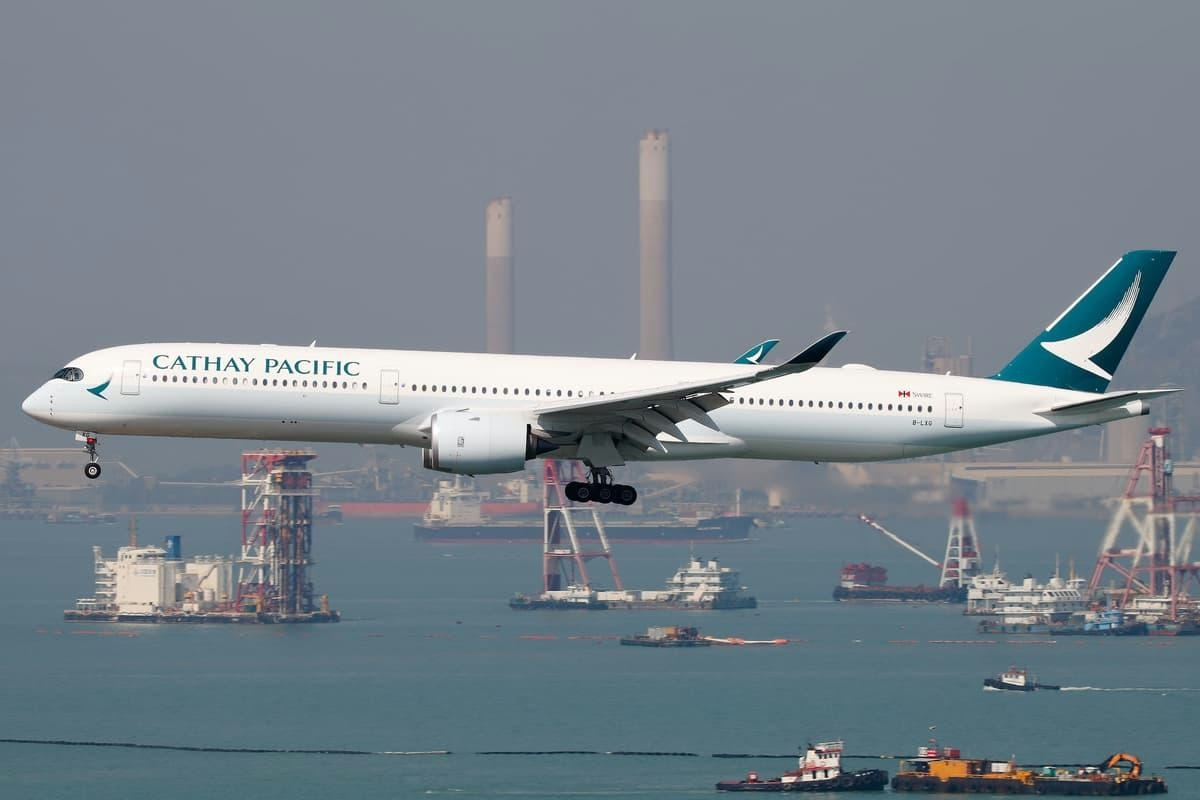
How the Airbus A350 Compares to the A340 in Size
The question of whether the Airbus A350 is bigger than the Airbus A340 cannot be answered simply by looking at one dimension. In aviation, size encompasses multiple factors including fuselage length, wingspan, cabin width, passenger capacity, and operational efficiency. A comparison between these two widebody aircraft families highlights the evolution of aircraft design over the past three decades.
Introduced in the early 1990s, the A340 was Airbus’s response to the demand for ultra-long-haul flights, featuring four engines and a strong emphasis on range. In contrast, the A350, launched in the mid-2010s, embodies a new generation of aircraft characterized by twin engines, extensive use of composite materials, and a focus on fuel efficiency, reduced emissions, and enhanced passenger comfort.
Comparing the Largest Variants
Examining the largest variants—the A340-600 and the A350-1000—reveals that the A340-600 is marginally longer, measuring 247 feet 5 inches (75.3 meters) compared to the A350-1000’s 242 feet 3 inches (73.78 meters). Similarly, the A340-500, at 223 feet (67.9 meters), slightly surpasses the A350-900’s length of 219 feet 3 inches (66.8 meters). However, length alone does not provide a comprehensive picture.
The A350-1000 boasts a wider cabin, measuring 19 feet 5 inches (5.96 meters) against the A340-600’s 17 feet 3 inches (5.28 meters). This increased cabin width allows for greater seating potential and improved passenger comfort. In typical three-class configurations, the A340-600 accommodates approximately 380 passengers, while the A350-1000 can seat between 350 and 410, depending on airline specifications. This demonstrates that the A350-1000 can match or even exceed the A340-600’s capacity within a slightly smaller physical footprint, a testament to advancements in design and materials.
Efficiency and Market Impact
Beyond physical dimensions, the A350’s incorporation of advanced composite materials and modern aerodynamic features results in significant fuel efficiency improvements. Although these technological innovations contribute to higher production costs, airlines have responded favorably, appreciating the aircraft’s lower operating expenses and enhanced passenger experience. The A350’s efficiency has also influenced market trends; for instance, Air France-KLM recently shifted orders from the larger A350-1000 to the more versatile A350-900, reflecting a preference for operational flexibility and cost-effectiveness.
Competition in the long-haul market has intensified, particularly with Boeing’s 787 Dreamliner, which similarly employs advanced materials and fuel-saving technologies. This rivalry has driven manufacturers to prioritize efficiency and passenger comfort over mere size.
Defining “Bigger” in Aviation
Ultimately, the concept of “bigger” in aviation is multifaceted. While the A340-600 is longer, the A350-1000 offers a wider cabin, potentially higher seating capacity, and superior range and efficiency. The A350 family as a whole represents a shift toward smarter, more sustainable aircraft design that aligns with the evolving priorities of airlines and passengers.
There is no definitive winner in terms of size; the A340 may be longer, but the A350 is operationally larger in several key respects, reflecting the contemporary demands of the aviation industry.
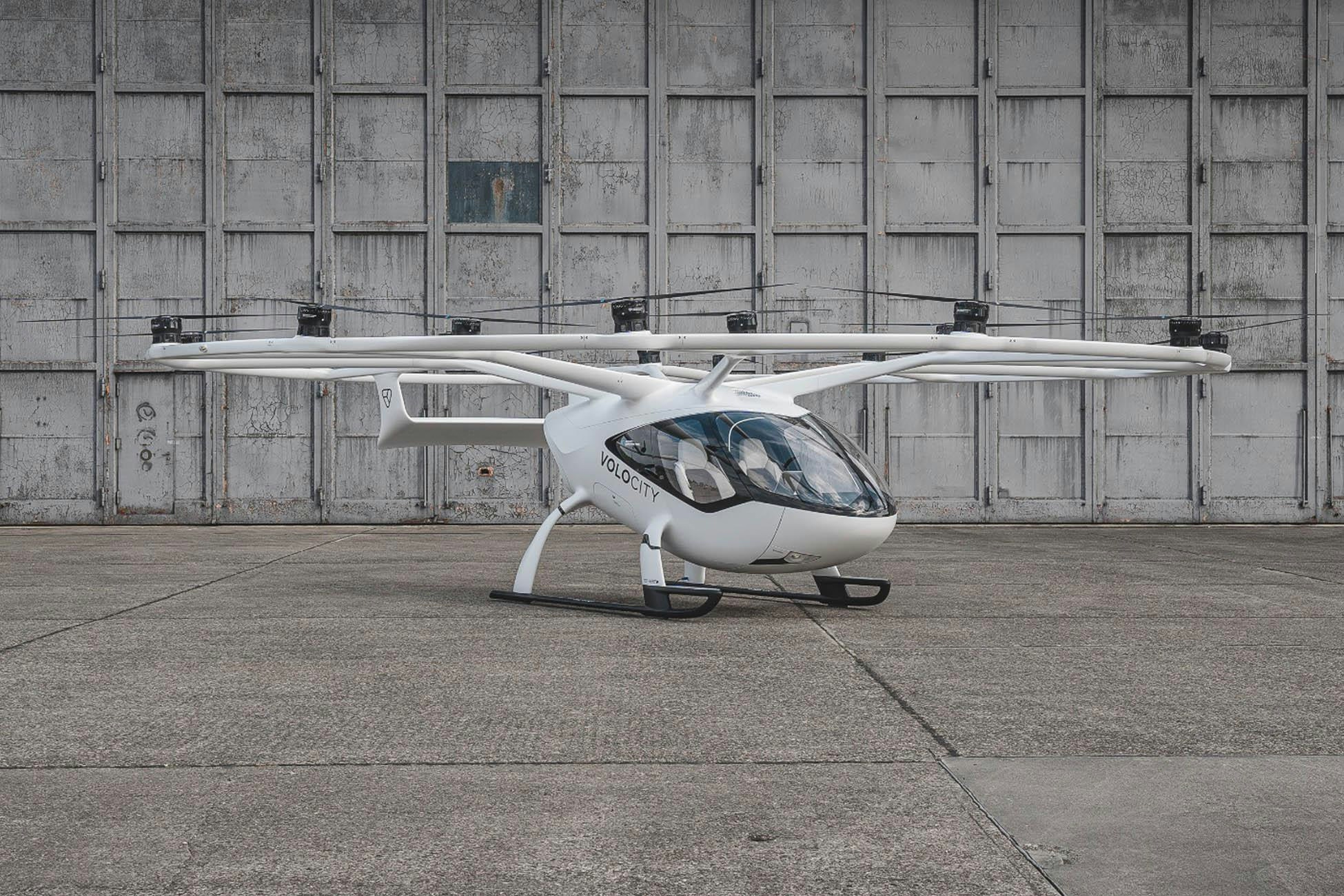
Jeju Island Introduces Air Taxis to Enhance Tourism and Reduce Emissions

Hillary Scholten Advances Bipartisan Aviation Supply Chain Digitization Act in House Committee

Delta’s Pilot Scheduling Software Disrupts Airline Operations

FTAI Aviation Shares Rise Amid Market Gains
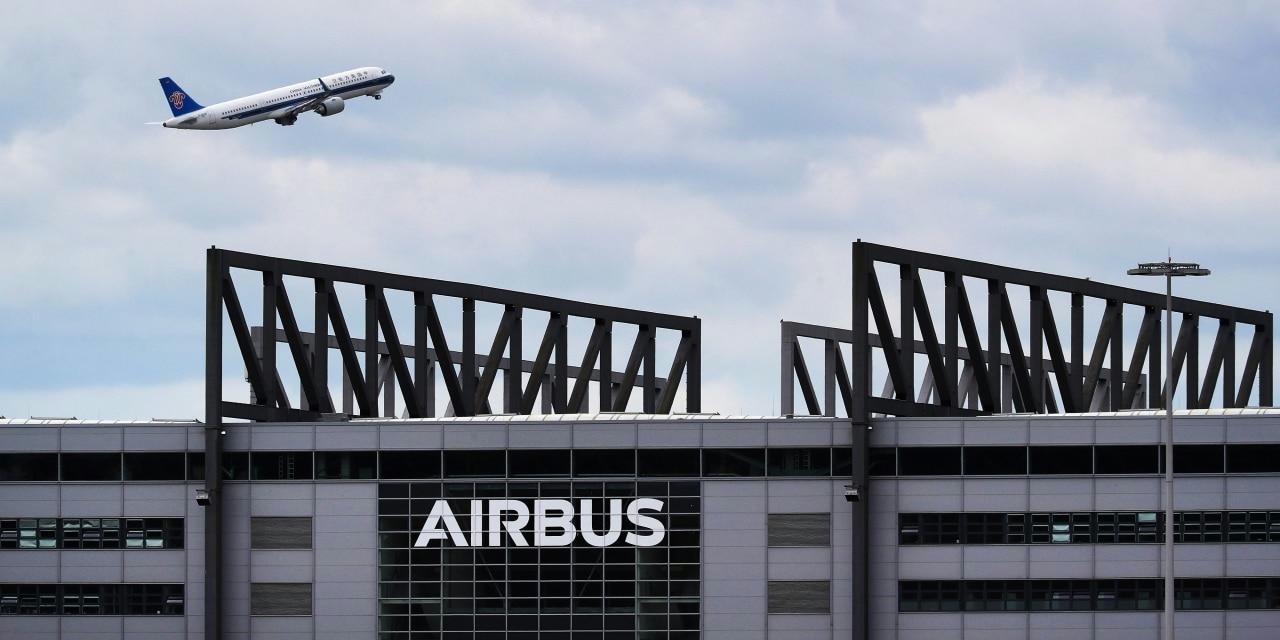
Air China Orders 60 Airbus A320neo Jets in Year-End Deal
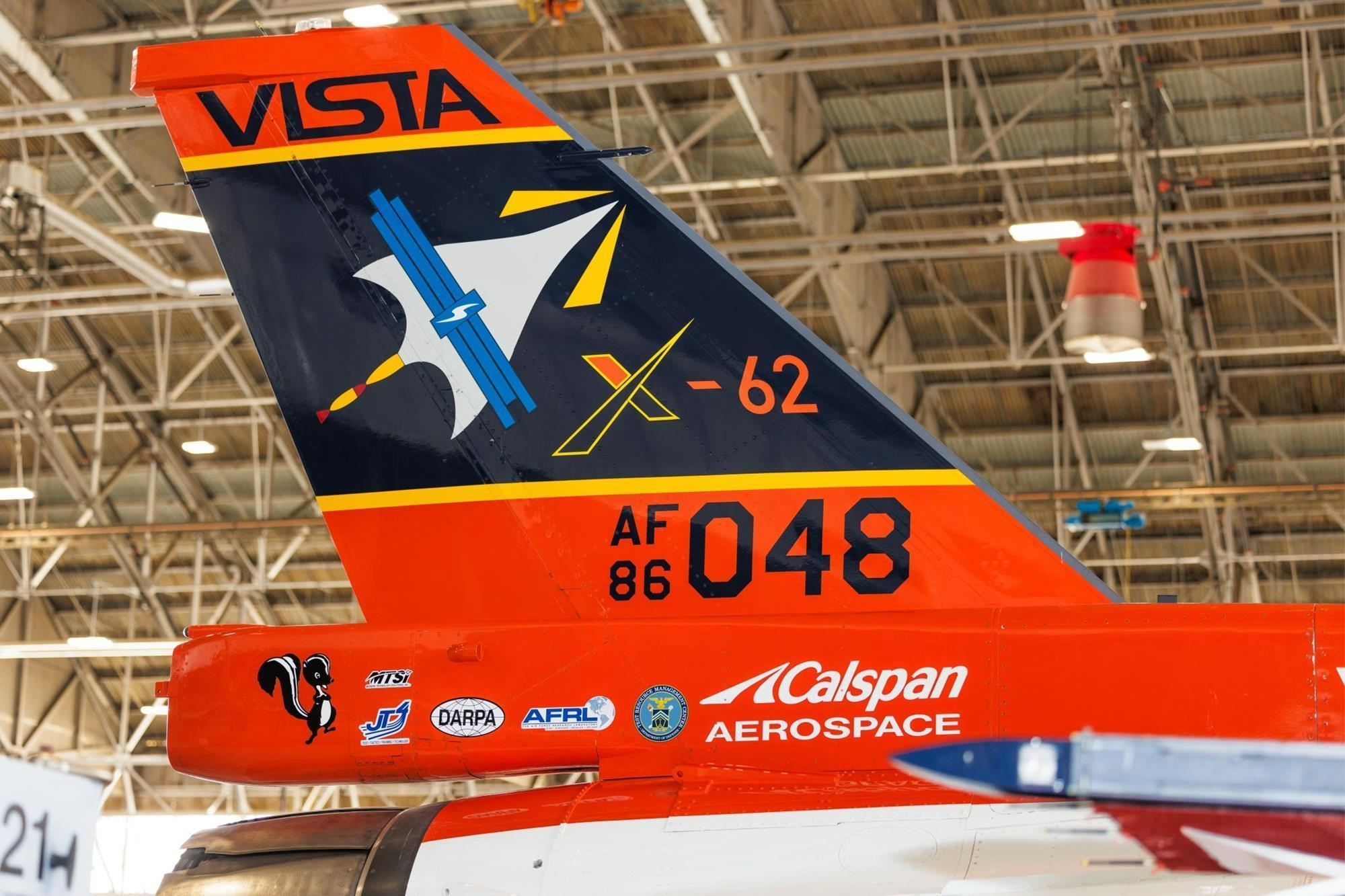
Lockheed Martin’s X-62A VISTA Advances AI in Fighter Jet Flight
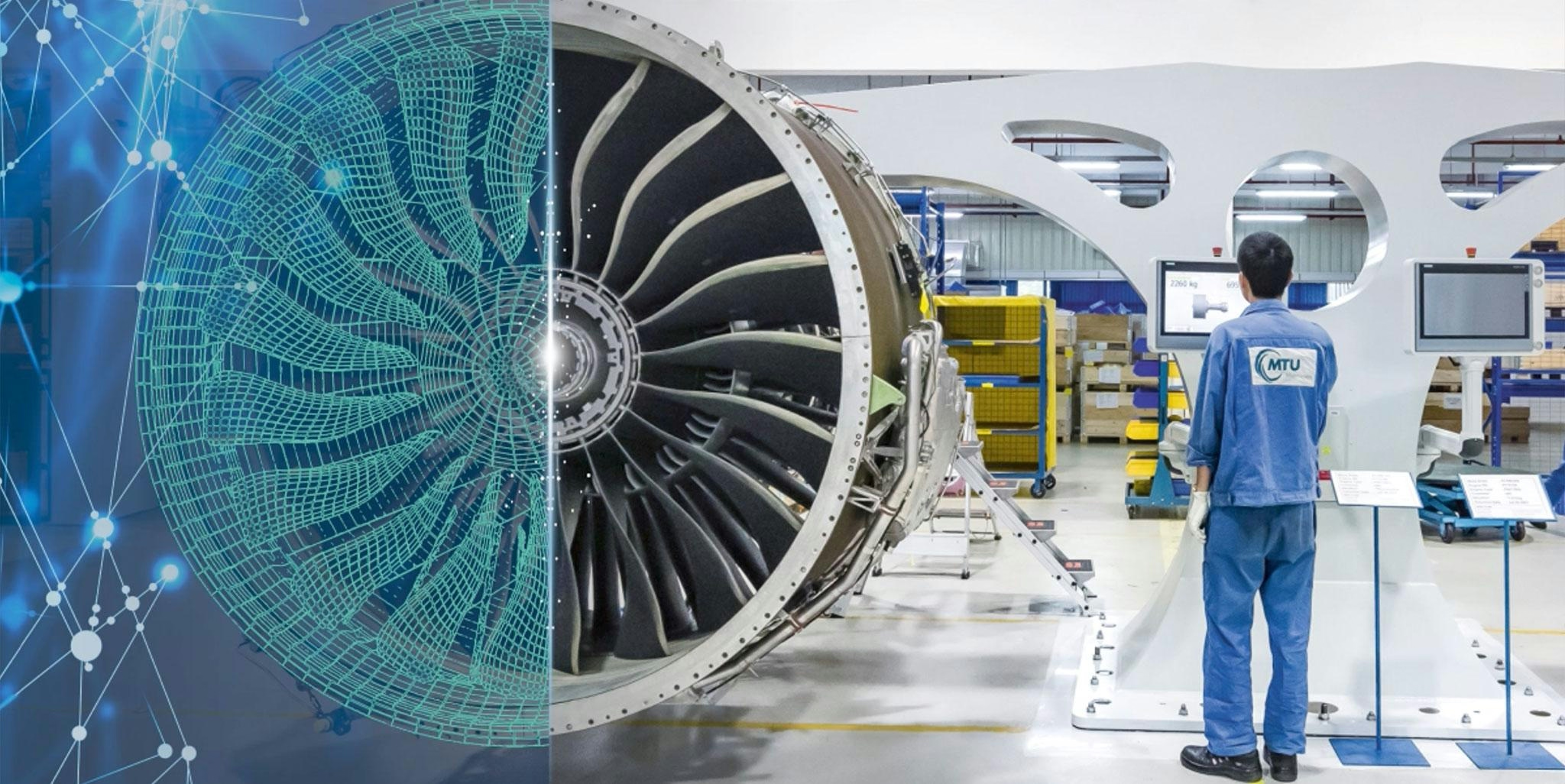
MTU Aero Engines and the Future of Aviation
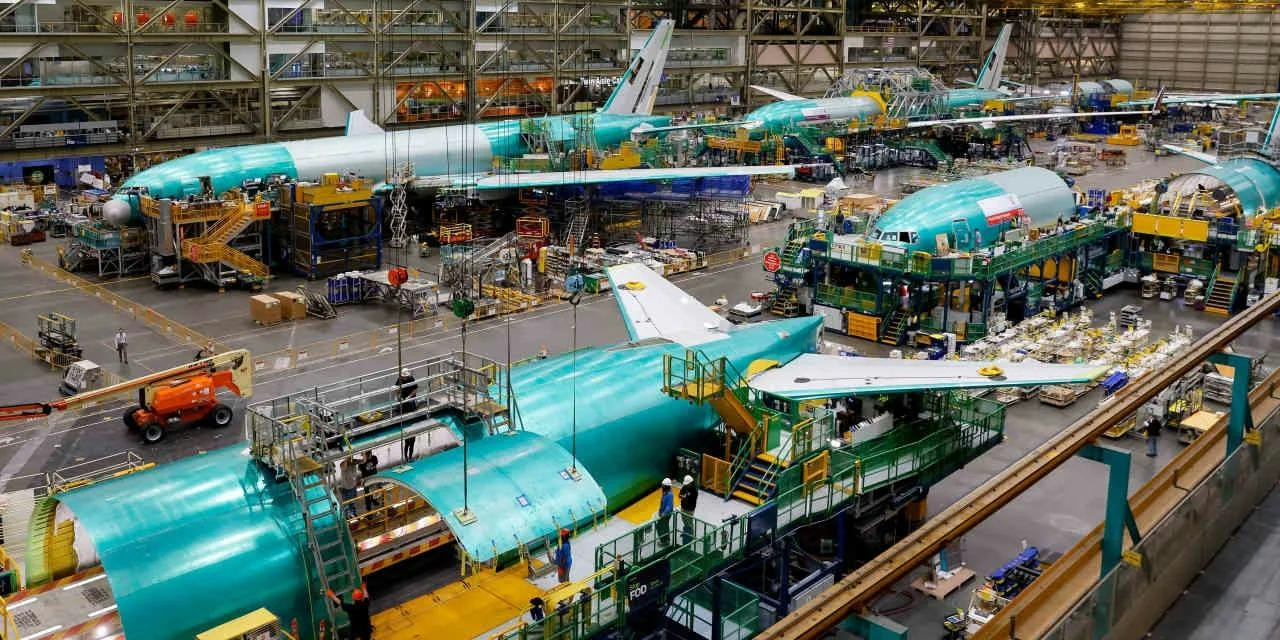
Jetaire Group Obtains Global Approvals for INVICTA Flammability Reduction Technology on Airbus and Boeing Aircraft

MTU Aero Engines: From Steady Performer to Volatile Stock
